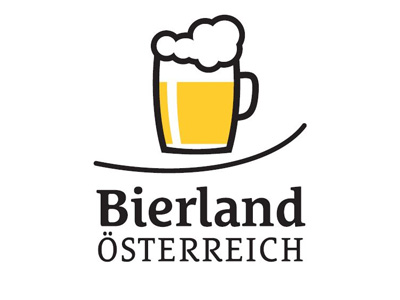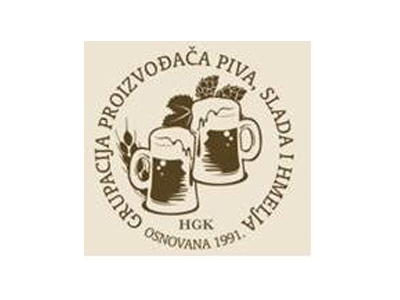- 24/10/2018
- 917
- |
- Sensory
- |
- IM
- 1997
13.8 - Sensory Analysis: Duo Trio Test (IM)
Use this test to determine whether a sensory difference is apparent between two samples (see “Note” Section 8). Descriptors: Triangular test, One-Side Test
It is necessary to use EBC Method 13.6










